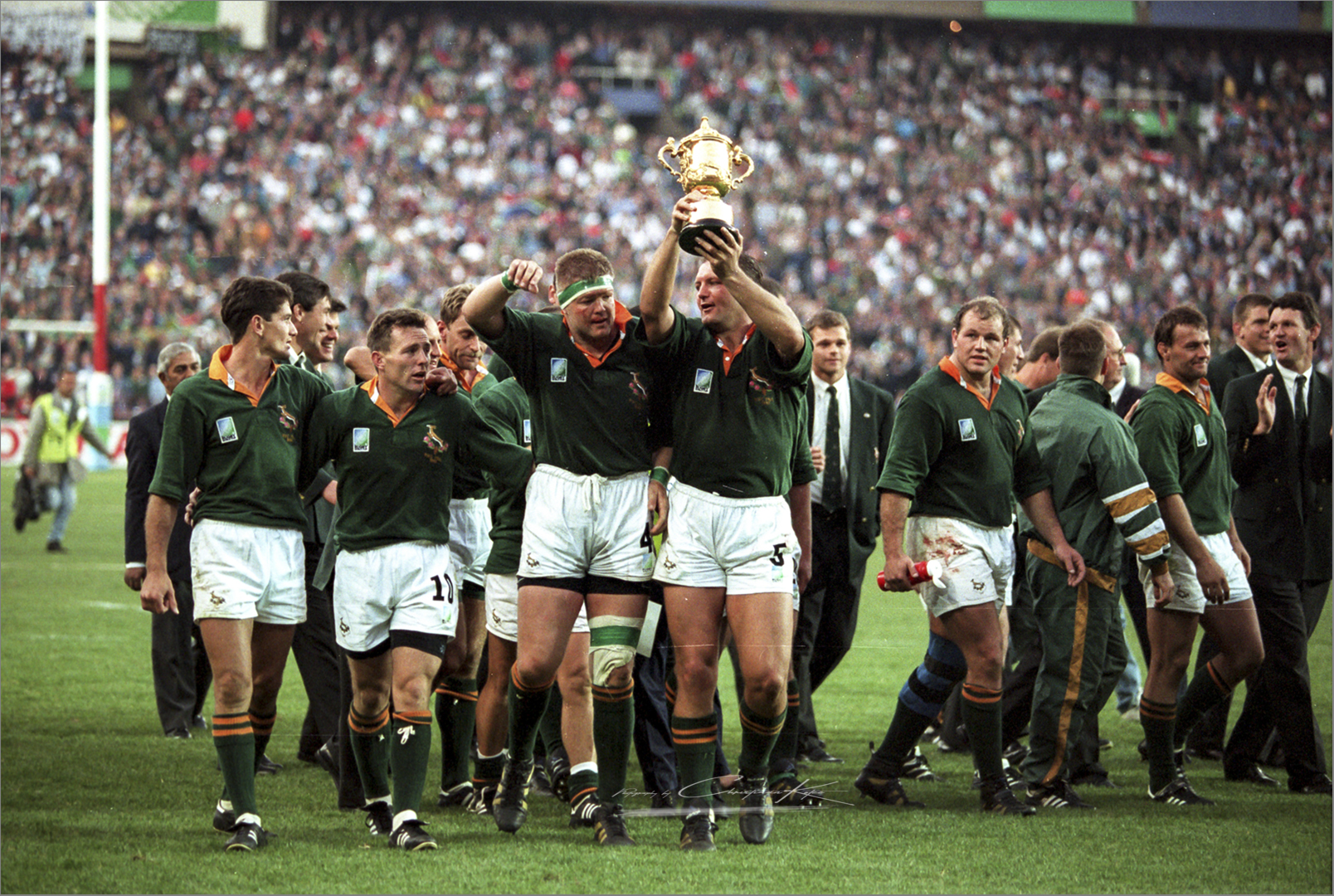Why you should print your photographs as well as some tips to avoid problems when you’re printing your work.
Over the last few weeks we spoke about basic digital workflow and tips for Adobe Photoshop. Today we’ll be sharing some information about printing, as well as some tips that will make a trip to the printers quicker and easier.
When I studied Photography, every assignment we did had to be printed for hand-in and critique. In first year, this meant relatively small 8×10″ prints, but as the projects grew bigger, the print sizes grew bigger, and in our final year most of our photographs were printed A3 or larger. We used to joke: “big prints, big marks” – which didn’t hold true, of course, but large prints brought out the best in most photographic projects.
Back in the days of film, you had to print your negatives in order to view your photographs (unless you were using projected slides, but that’s another matter). With the coming of the digital age, you didn’t have to print your images anymore, you could just view them on your computer monitor. And with the advent of cheaper, faster internet and the rise of social networking, you could share your images with everyone around the world – which is great. But it meant that people stopped printing their photographs.
Before I started studying photography, I’ll admit that I don’t think I ever printed a photograph that was shot digitally. Film, sure, but my digital photos were confined to my computer and the internet. So when we got our first digital assignment and were asked to hand in a series of digital prints, I thought it was a waste of paper and money – why not just chuck it on the server to get graded? And sure, those first prints were a waste of money, considering the skills of a first year photography student’s ‘skills’, but as we worked through more and more projects and prints, I really started appreciating my photographs in their printed form. There’s something special about having a tangible A3 print of a photograph you conceptualised, shot, reshot, and edited till 4 AM. It didn’t always go as planned, but it was still something, a final product of sorts.
So here’s my advice to anyone interested in photography: Go out and print the best photograph you’ve taken. You don’t have to spend a lot of money either – an A3 inkjet print will cost you less than 4 coffees at a trendy cafe. Whether you stick the print up on your wall or keep it stored away (somewhere flat and dry would be a good idea), you’ve now turned your favourite photograph into something more.
Here’s some tips for printing your work:
• Make sure the quality is good enough for print: Check the resolution and the print size – to ensure a good quality print, you need about 300 DPI of resolution, which means an A3 print should be 4961 by 3508 pixels. Be careful not to fall into one of the traps of DPI though: just because an image is set to 300 DPI, it doesn’t mean it’s high resolution. A 10×10 pixel image can be set to and printed at 300 DPI, which will result in a great quality print, but only 1 millimeter wide…
• Speak to the printer (person) and ask them if their printer (machine) prints darker or lighter: A good printer will give you an honest answer. It’s not that that the equipment itself is malfunctioning, it’s just calibrated to the computer that controls it, your own monitor will be different and will need it’s own calibration (which is advisable if you shoot for a living). I have found that most printers print slightly darker, about half a stop, or clips shadow detail. This isn’t a rule of thumb, just my own personal observation. If you just want to do a quick print, make sure to lighten your image slightly (not too much).
• Make sure the image is in the required format: While most printshops can convert the file for you, some might even try to charge for the service. Besides avoiding extra costs, the process will go quicker if you drop off print ready files. JPG files are universally accepted, and the highest quality setting is indistinguishable from TIFFs or other lossless files. If you drop off print-sized, colour corrected, brightness corrected JPGs, most headaches will be avoided.
• Once you’ve found a decent printer, stick with them: By using the same printer, you’ll become accustomed to the results, and your adjustments will become second nature. Each print will come out exactly as you want it. Additionally, build up a relationship with your printer (the person…) and they will know what sort of outcome you are looking for, and make their own adjustments to meet your expectations.
What do you guys think about printing your personal work? Do you have any other questions? Let us know in the comments.








